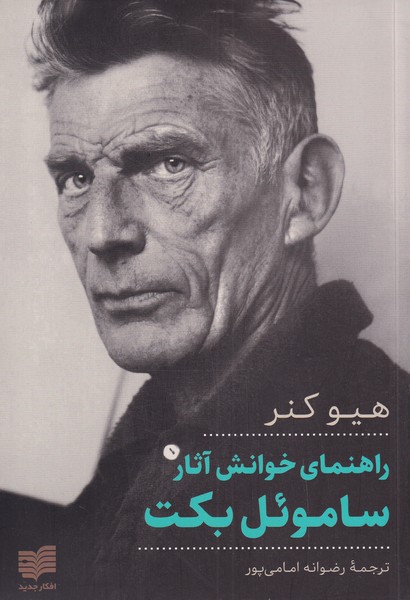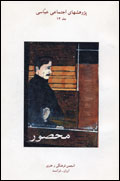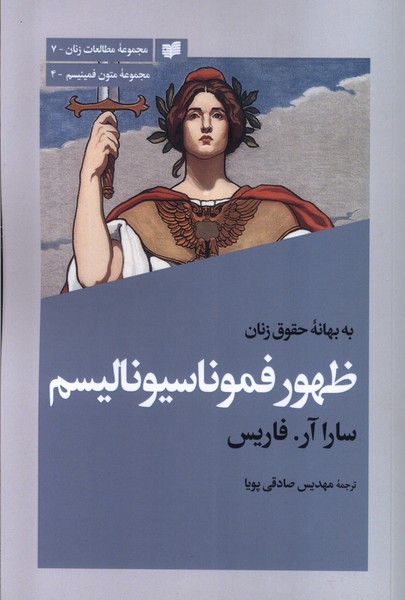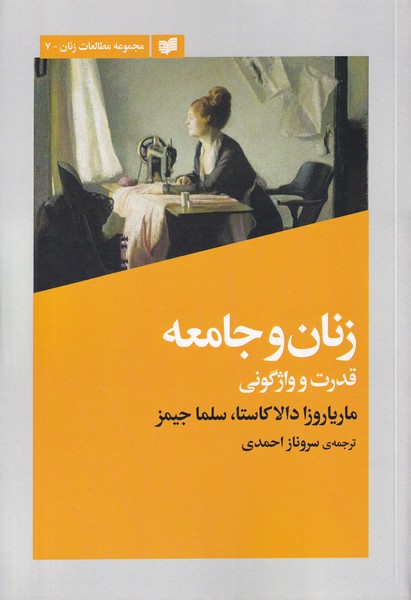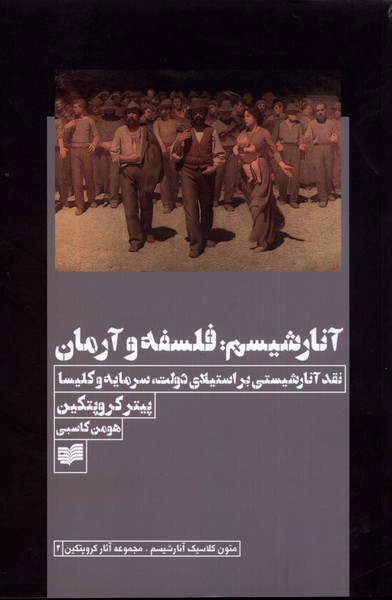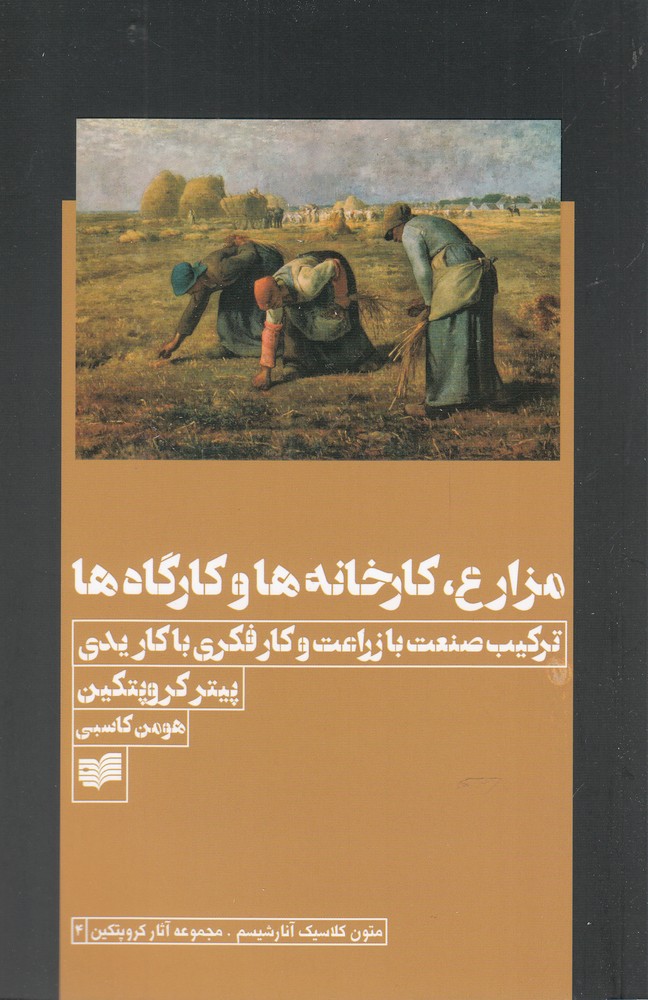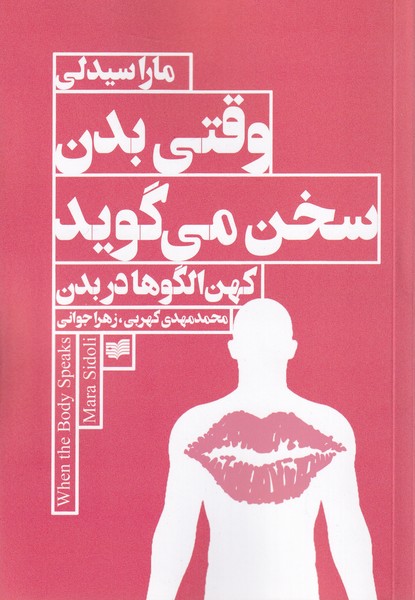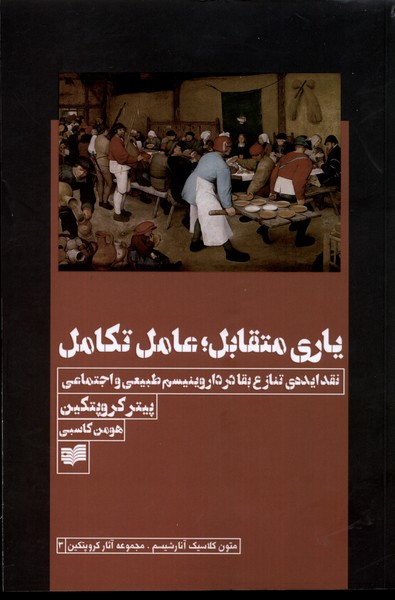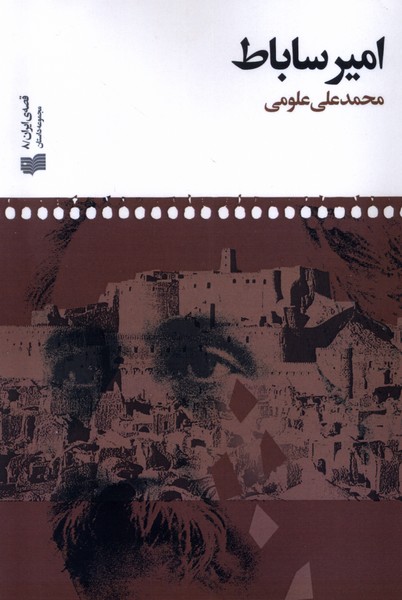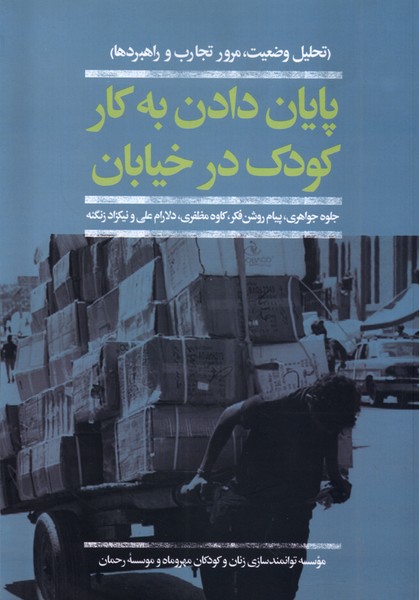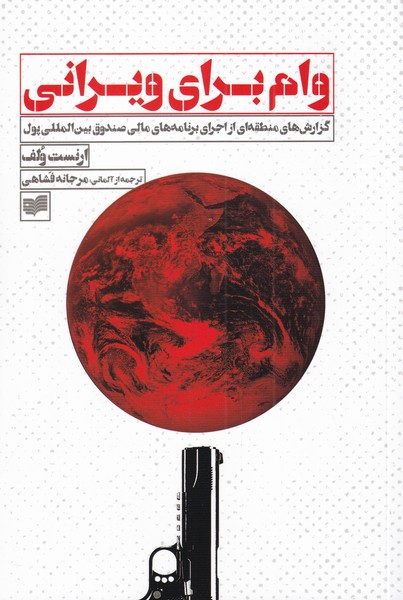Rāhnamā-yi khvānish-i āsār-i Sāmu'il Bikit: Persian 1401
راهنمای خوانش آثار ساموئل بکت
15.81 £
Share
Wishlist
Original Title:
A Reader's Guide to Samuel Beckett
ISBN:
9786227542103
Translator:
Riz̤vānah Imāmī'pūr
Publisher:
Afkar
Age Group:
Adult
Pages:
278
Weight:
314 g
Dimensions:
14 x 21 x 2.6 cm
Book Cover:
Paperback
He was in Ireland when the war broke out, but a certain stubbornness made him return to Paris, which was just then caught in the occupation. The activities of the resistance party put his life in danger and he had to flee to a free area. After escaping, he worked in the potato fields and wrote Watts at Night, which he published in 1953. After the war, he returned to Paris and entered an amazingly creative period, writing exclusively in French. During this period, he wrote "Waiting for Godot" and three novels "Malloy", "Malone Dies" and "Unnameable" as his best-known works. In the mid-1950s, "Waiting for Godot" was performed and read in England, America, and most of Europe, which was also the subject of many critics' discussions. English versions of his French novels were also published, and new plays were published with the names "The Last Hand" (1958), "The Last Crop Tape" (1958), and "What Happy Days" (1961). The ambiguous novel "As It Is" was published in French in 1961 and in English in 1963. Various orders from B.B.C. It led to the writing of the radio plays "All the Fallen", "Khalvare", "Kalamat and Music" and a TV show called "Are Jo". In 1964, Buster Keaton starred in a screenplay by Beckett called The Movie.
Beckett writes everything twice, in French and English, according to the usual standards of excellence. Recently, he specialized in writing very short and obscure texts, which are deep and vast works and resemble broken pieces. He lives in Paris with his wife Suzanne, but his name does not appear in any phone book or directory.
more
وقتی جنگ شروع شد، او در ایرلند بود، اما لجاجتی خاص و سرسختانه باعث بازگشت او به پاریس شد که درست در همین زمان گرفتار اشغال شد. فعالیتهای حزب مقاومت، زندگی او را به خطر انداخت و مجبور شد به منطقهای آزاد فرار کند. پس از فرار، در مزارع سیبزمینی کار میکرد و شبها «وات» را مینوشت که در سال 1953 آن را به چاپ رساند. پس از جنگ به پاریس بازگشت و با نوشتن منحصرا به زبان فرانسوی، وارد دورۀ خلاقانۀ شگفتانگیزی شد. در این دوره «در انتظار گودو» و سه رمان «مالوی»، «مالون میمیرد» و «نامناپذیر» را بهعنوان شناخته شدهترین آثارش نوشت. در اواسط دهۀ 1950، «در انتظار گودو» در انگلستان، آمریکا و اکثر اروپا اجرا و خوانده شد که موضوع بحث و گفتوگوی بسیاری از منتقدین نیز بود. نسخههای انگلیسی رمانهای فرانسوی او هم به چاپ رسید و نمایشنامههای تازهای با نامهای «دست آخر» (1958)، «آخرین نوار کراپ» (1958) و «چه روزهای خوشی» (1961) نیز به چاپ رسیدند. رمان پر ابهام «آنطور که هست» در سال 1961، به زبان فرانسوی و در سال 1963، به زبان انگلیسی به چاپ رسید. سفارش های متنوعی از بی.بی.سی. منجر به نگارش نمایشنامههای رادیویی «همۀ افتادگان»، «خلواره»، «کلمات و موسیقی» و نمایشی تلویزیونی به نام «آره جو» شد. در سال 1964، باستر کیتون در فیلمنامهای از بکت با عنوان «فیلم» بازی کرد.
بکت همهچیز را دو بار به فرانسوی و انگلیسی و براساس استانداردهای معمول برتری مینویسد. اخیرا وی در زمینۀ نگارش متون بسیار کوتاه و مبهم تخصص یافته که آثاری عمیق و وسیع هستند و به قطعههای شکسته شباهت دارند. او بههمراه همسرش سوزان در پاریس زندگی میکند، اما نام او در هیچ دفترچۀ تلفن یا دفترچۀ راهنمایی پیدا نمیشود.
more

